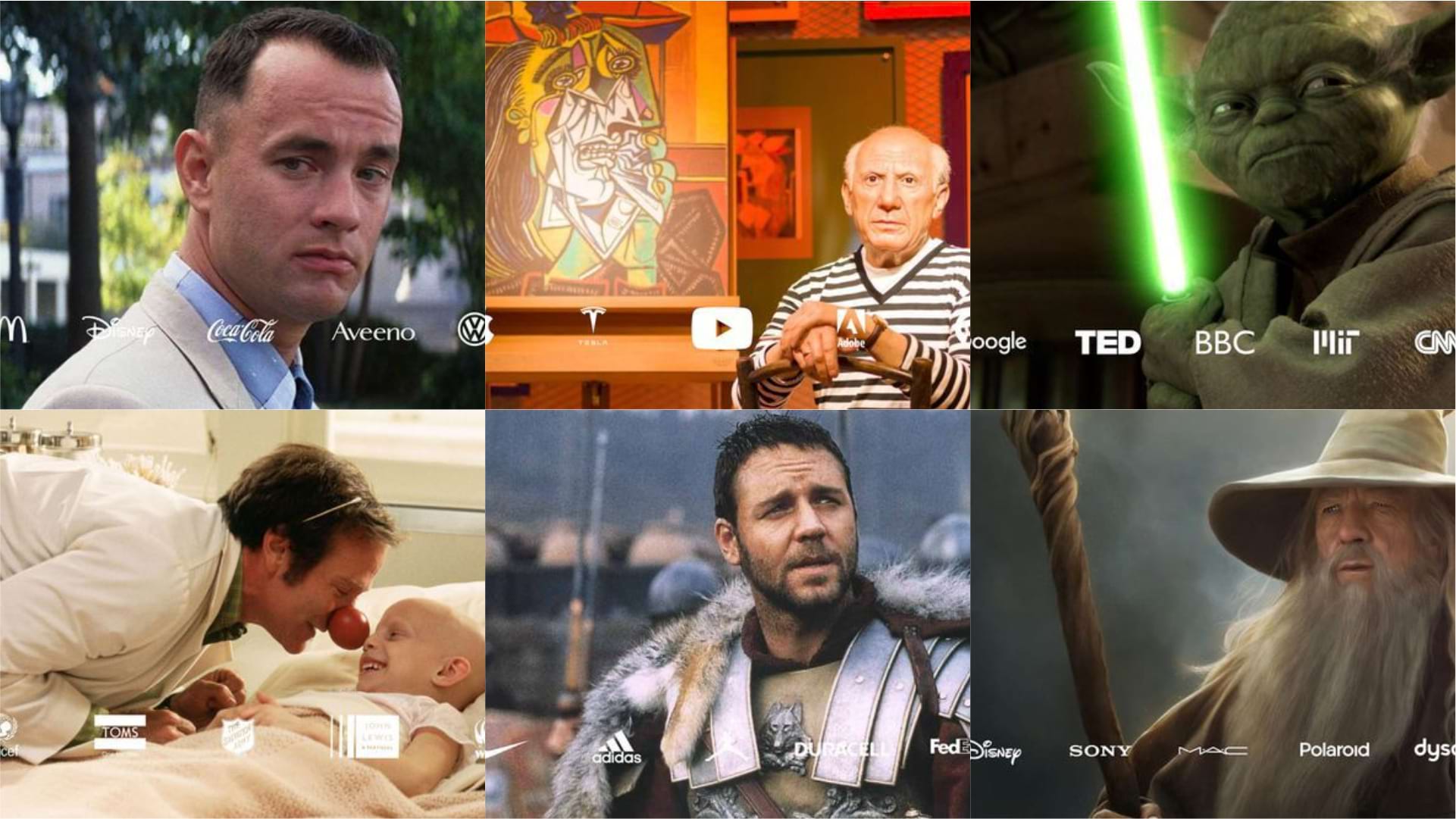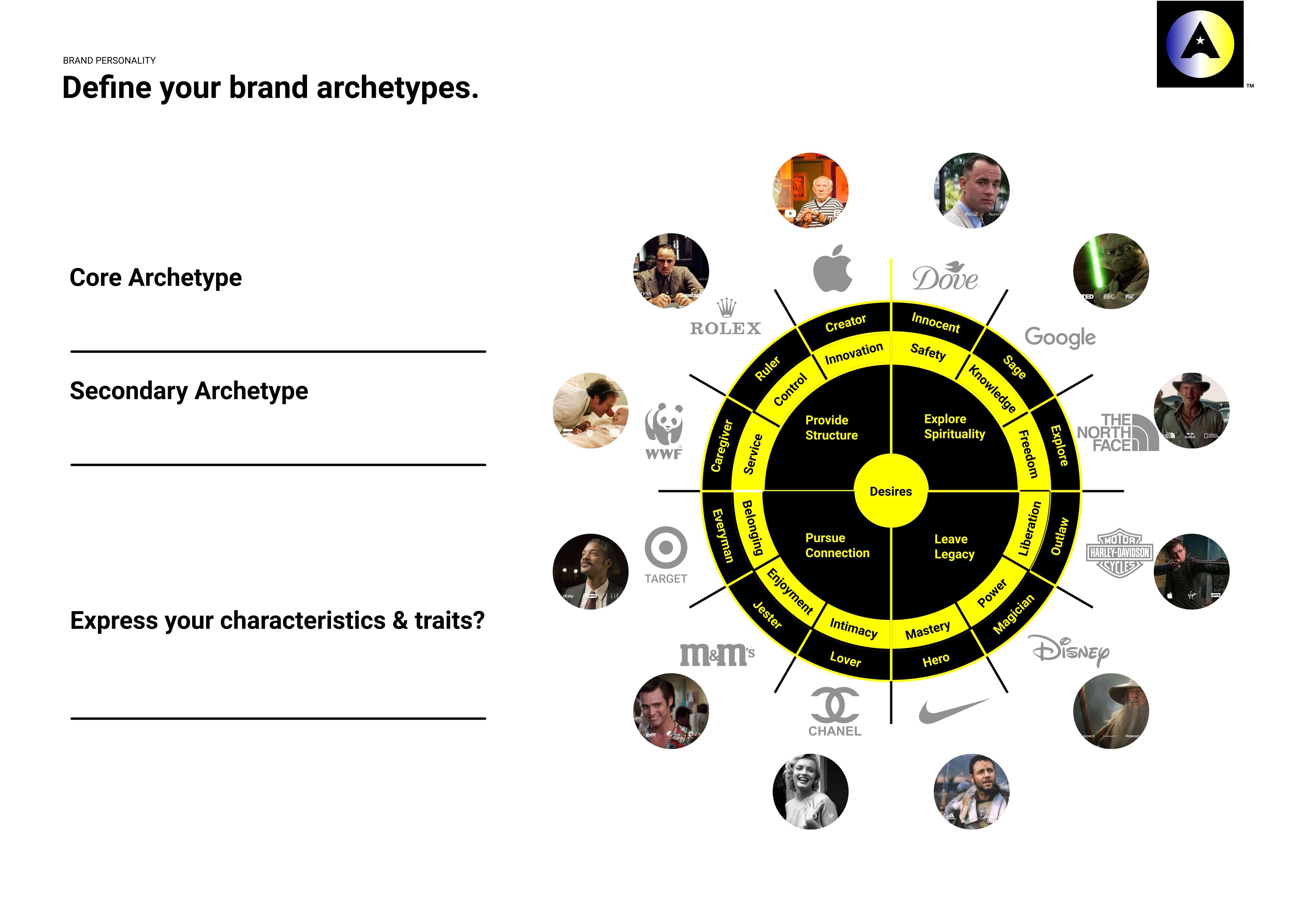Branding
Mastering Brand Archetypes: Build a Powerful, Authentic Brand Identity with Alitestar
11.02.2025
By Shaikh Asif

Branding
11.02.2025
By Shaikh Asif
The best brands do more than sell products or services—they create emotional connections. Why do some brands feel instantly trustworthy, adventurous, or comforting? The answer lies in brand archetypes. By channeling universal human characters and stories, brand archetypes help businesses resonate deeply with audiences, tapping into shared values and aspirations.
At Alitestar, we understand the power of archetypes in defining a brand's identity. Whether you’re a startup seeking to stand out or an established business aiming to connect more deeply with your customers, aligning with an archetype can unlock your brand’s potential to captivate and convert.
Let’s explore what brand archetypes are, how they work, and how Alitestar can help you leverage them to create a powerful, resonant identity.
Brand archetypes are universal personas that embody specific characteristics, values, and motivations. They categorize brands into recognizable types based on psychology and storytelling principles. This approach is inspired by Carl Jung's theory of archetypes, which suggests that certain characters are deeply rooted in our collective unconscious, surfacing repeatedly across cultures and histories.
By anchoring a brand in a specific archetype, we provide a reliable framework for messaging, design, and customer experience that feels both unique and consistent. Research from the Journal of Consumer Psychology reveals that brands with a clear archetype can foster stronger connections and enhance perceived authenticity.
Example: Think of Harley-Davidson. This isn’t just a motorcycle brand; it embodies the Rebel archetype, appealing to those who value independence and freedom.

Let’s break down the 12 primary brand archetypes. Each has unique characteristics that appeal to different audience motivations. Understanding these types can guide you to a more precise brand identity.
1. The Innocent - Represents optimism, simplicity, and purity. Ideal for brands aiming to build trust and transparency.
Example: Dove emphasizes honesty and purity, resonating as an Innocent brand.
2. The Explorer - Embodies adventure, freedom, and discovery. Explorer brands attract those with a pioneering spirit.
Example: Jeep aligns with the Explorer archetype, promoting the thrill of discovery.
3. The Sage - Associated with knowledge, wisdom, and truth. This archetype appeals to brands focused on expertise and insight.
Example: Google positions itself as a Sage, offering tools to learn and explore knowledge.
4. The Hero - Represents courage, achievement, and resilience. Ideal for brands that inspire their audience to strive for greatness.
Example: Nike motivates customers to overcome limits, perfectly embodying the Hero.
5. The Outlaw - Challenges norms and breaks conventions. Outlaw brands resonate with the rebellious spirit.
Example: Harley-Davidson appeals to those who value freedom and defy conventions.
6. The Magician - Brings transformation, wonder, and imagination. Magician brands are visionary and inspire change.
Example: Disney brings imagination to life, inspiring wonder.
7. The Regular Guy/Girl - Relatable, down-to-earth, and inclusive. Great for brands that prioritize connection over exclusivity.
Example: IKEA promotes accessibility, appealing as the Regular Guy/Girl.
8. The Lover - Focused on relationships, passion, and commitment. This archetype resonates with those drawn to beauty and pleasure.
Example: Chanel embodies elegance, attraction, and passion.
9. The Jester - Fun, spontaneous, and lighthearted. Jester brands entertain and encourage enjoyment.
Example: Old Spice engages with humor, aligning with the Jester.
10. The Caregiver - Nurturing, supportive, and compassionate. Ideal for brands in health, education, or wellness.
Example: Johnson & Johnson projects care and compassion.
11. The Ruler - Exudes control, stability, and order. This archetype appeals to those seeking authority and security.
Example: Mercedes-Benz symbolizes authority and luxury.
12. The Creator - Innovative, imaginative, and expressive. Creator brands focus on originality and artistic expression.
Example: Adobe empowers creators, embodying creativity.
Brand archetypes do more than shape messaging; they create emotional frameworks that customers intuitively connect with. According to Harvard Business Review, brands that consistently communicate a defined personality achieve 1.5 times more loyalty and engagement.
Here’s how archetypes impact brand strategy:
Example: The “Hero” archetype in Nike inspires customers to overcome limitations, with motivational language and powerful visuals.
Identifying the right archetype involves understanding both your brand and your audience, and this can be done through conducting a comprehensive brand strategy. Here’s a step-by-step exercise to help you pinpoint the archetype that aligns best:
Practical Exercise: Create a mind map linking your brand’s values, personality, and audience expectations to discover a cohesive archetype.
Once identified, your brand’s archetype should inform every touchpoint. Here’s how to make it work seamlessly:
Case Study: Alitestar helped a wellness brand embody the “Caregiver” archetype. By aligning messaging with compassion and designing a nurturing visual identity, we helped them connect deeply with their target audience.
Alitestar goes beyond surface-level branding. With a deep understanding of brand archetypes, we create brand identities that are authentic, impactful, and resonant. Our premium services, from logo design to brand storytelling and guidelines, ensure every brand element speaks to your audience’s core motivations and values.
Whether you’re a startup, a creative professional, or an established business, we’re here to help elevate your brand, combining strategic insight with high-quality design.
Brand archetypes are more than theoretical concepts—they’re tools that bring meaning and emotion to your brand. By working with Alitestar, you’re choosing a branding partner that understands the nuances of identity, storytelling, and design, ensuring your brand not only stands out but also connects on a profound level with your audience.
Ready to craft a brand that resonates and endures? Contact Alitestar today, and let’s transform your brand into an unforgettable story.
This article balances educational content with strategic promotion of Alitestar’s services, making it valuable and persuasive. Let me know if you'd like any additional content or adjustments!


Shaikh Asif is an Award-winning designer, director, strategist, and educator. He’s the Lead Strategic Brand Designer and Art Director of The Alitestar— a strategic branding and design agency that helps startups, ambitious CEOs, and passionate entrepreneurs to achieve success and ultimately create unforgettable brand experiences.